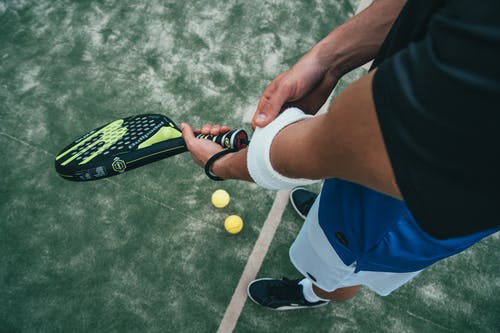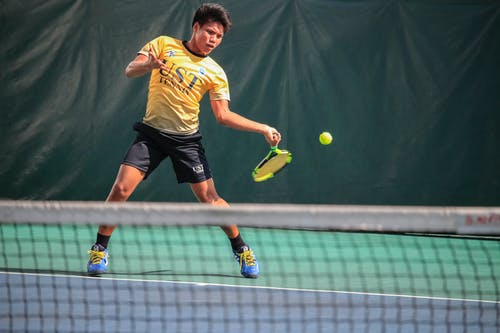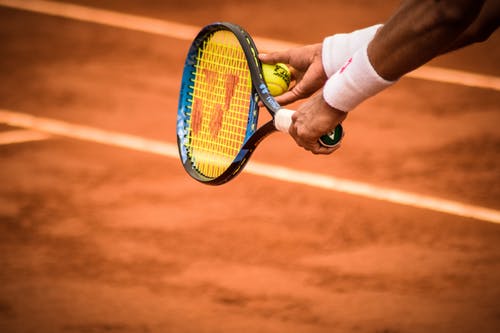 As with any sport, the use of drugs can be a problem in the world of tennis. Tennis players have to deal with not only the physical demands of the game but also the mental pressures of performing at a high level for extended periods of time. Performance-enhancing drugs can provide a temptation to these players. However, the main concern is not whether they are taking drugs, but if they are vulnerable to drug abuse.
As with any sport, the use of drugs can be a problem in the world of tennis. Tennis players have to deal with not only the physical demands of the game but also the mental pressures of performing at a high level for extended periods of time. Performance-enhancing drugs can provide a temptation to these players. However, the main concern is not whether they are taking drugs, but if they are vulnerable to drug abuse.
Tennis both physically and mentally demanding, which can lead players to seeking out performance-enhancing substances in the hopes of getting ahead. While some athletes believe that it is necessary to use drugs, others are simply curious and trying to experiment with drugs. There are a few reasons why tennis players are more likely to experiment with drugs:
•Intense Competition: Tennis is a very competitive sport, and players must be in peak physical condition in order to stay competitive. This competitive pressure can push some players to take performance enhancing drugs, as they feel they need to do what it takes to stay competitive.
•Financial Pressure: Tennis players’ salaries can vary widely, and some may feel pressure to perform in order to earn more money. This could make a player more inclined to take drugs, as the potential for increased earnings is a strong motivation.
•Doping Culture: Over the years, there have been instances of doping within the sport. This creates a culture where drug use is more accepted, and it is no wonder why some players may choose to take drugs.
It is important to recognize that while the use of drugs in tennis is a concern, most players are good people who recognize the danger of taking drugs. There are a number of anti-doping measures put in place to ensure that players are not taking any performance-enhancing substances.
The first measure is random drug testing. A certain percentage of players are randomly tested for performance-enhancing drugs to ensure that no one is doping. Players are warned that they may be tested at any time, so this can serve as a deterrent for those considering taking drugs. Similarly, everyone is tested prior to the start of tournaments, and those who fail the test are immediately disqualified and banned for a certain period of time.
The sport of tennis also has a program in place that encourages athletes to speak with the Anti-Doping Agency if they have any questions or concerns about the use of drugs. This means that players can get advice about the risks and potential consequences of taking performance-enhancing drugs.
Ultimately, tennis players are vulnerable to drug abuse if they are not careful. While there are a few reasons why players may be tempted to use drugs, ultimately it is their responsibility to stay away from any substances that would put them at risk.








